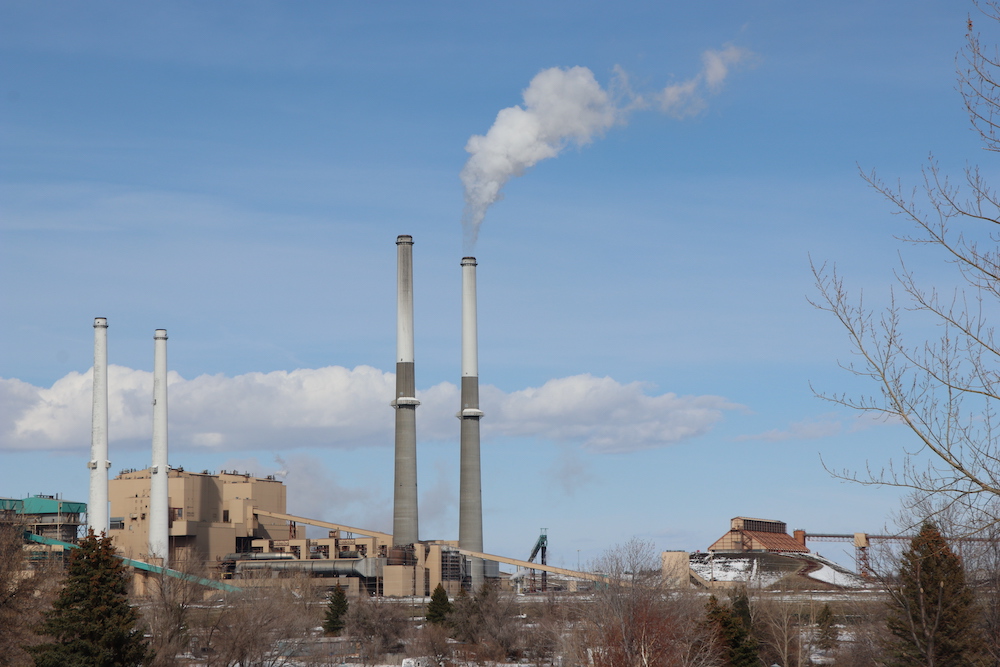By Kelsey Turner, Native News Online
COLSTRIP, Montana—After a 10-hour shift at the coal-fired power plant in the small southeastern Montana town of Colstrip, Northern Cheyenne tribal member Jason Small drives three minutes down the road to a local taco truck. Dressed in a zip-up hoodie and jeans, he grabs a burrito and heads next door for a late-afternoon beer at the Whiskey Gulch Saloon, a nearly empty bar where the staff all know him.
Small has worked at the Colstrip Steam Electric Station for about 20 years. He’s a boilermaker, doing maintenance and repairs for the plant’s two remaining coal-fired generating units, which are capable of producing up to 1,480 megawatts of electricity. The other two units shut down in 2020 – two years ahead of schedule – because their owners, Talen Montana and Puget Sound Energy, could not cover their costs.


